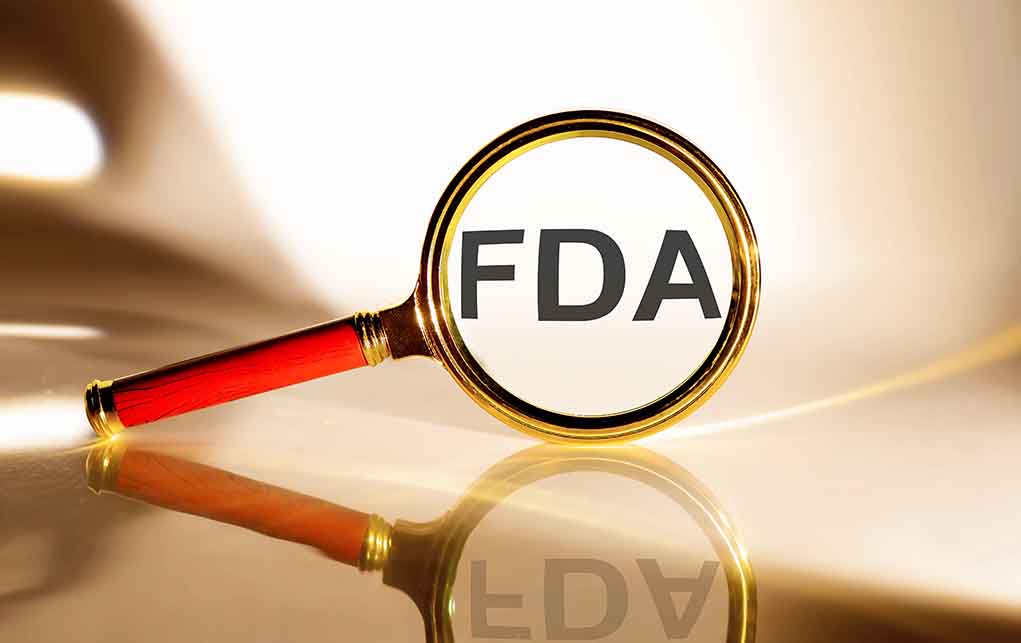
The FDA has set new voluntary limits on lead in baby food, aiming to reduce infant exposure to the toxic metal by up to 30%.
At a Glance
- FDA introduced new voluntary guidance to reduce lead levels in processed baby foods.
- The new limits could cut lead exposure from these foods by 20% to 30%.
- The guidance applies to jarred fruits, vegetables, yogurts, and dry cereals.
- Consumer advocates support measures, but some argue they’re not comprehensive enough.
- The FDA can enforce compliance if products exceed the new limits.
FDA Takes Action to Limit Lead in Baby Food
The Food and Drug Administration (FDA) has taken a significant step to protect infant health by implementing new voluntary guidelines to reduce toxic lead levels in baby foods. The measure targets processed baby foods, including jarred fruits and vegetables, yogurts, and dry cereals, which are staples in many American households.
These new guidelines set maximum lead levels of 10 parts per billion for most baby foods and 20 parts per billion for root vegetables and dry cereals. The FDA estimates that these limits could reduce lead exposure from these foods by 20% to 30%, a substantial improvement in infant safety.
FDA limits toxic lead in some baby foods https://t.co/BkOOhcCTFm
— The Associated Press (@AP) January 7, 2025
The Dangers of Lead Exposure in Children
Lead exposure in children is a serious health concern, with potentially devastating consequences. According to the Centers for Disease Control and Prevention (CDC), there is no safe level of lead exposure for children. Even small amounts can cause developmental delays, nervous system damage, and impaired growth.
The FDA’s action is part of its broader Closer to Zero initiative, which aims to reduce exposure to toxic elements in foods consumed by babies and young children. This initiative recognizes the particular vulnerability of young children to environmental contaminants during critical stages of development.
Industry Response and Compliance
While the new guidelines are voluntary, the FDA has the authority to enforce compliance if products exceed the established limits. Some major baby food manufacturers, such as Gerber, have already stated that their products comply with the new limits, indicating a willingness within the industry to adhere to these standards.
“FDA’s actions today are a step forward and will help protect children. However, the agency took too long to act and ignored important public input that could have strengthened these standards,” Thomas Galligan of the Center for Science in the Public Interest.
The FDA’s approach reflects a balance between setting achievable targets for the industry and improving public health outcomes. By establishing these guidelines, the agency provides a clear benchmark for manufacturers while allowing for future adjustments as technology and manufacturing processes improve.
Criticisms and Calls for Further Action
Despite the positive step forward, some consumer advocates and public health experts argue that the FDA’s actions don’t go far enough. Critics say that the guidelines don’t cover all potential sources of lead in children’s diets, such as grain-based snacks like puffs and teething biscuits. Additionally, the guidelines do not address other harmful heavy metals like cadmium, which can also pose risks to children’s health.
The limits are “virtually meaningless because they’re based more on industry feasibility and not on what would best protect public health,” according to Brian Ronholm, director of food policy for Consumer Reports.
These concerns highlight the ongoing challenge of balancing industry capabilities with public health imperatives. As research continues to reveal the extent of heavy metal contamination in various food sources, including recent findings of elevated lead levels in Houston playgrounds and Chicago drinking water, the pressure on regulatory bodies to take more comprehensive action could increase.
As the FDA continues to monitor and address the issue of lead in baby food, parents and caregivers are encouraged to stay informed about the latest guidelines and recommendations for ensuring the safety of their children’s diets. While these new measures represent progress, the debate over how best to protect our youngest and most vulnerable consumers from environmental contaminants remains ongoing.
Sources
- FDA Sets New Levels for Toxic Lead in Baby Food
- Lead in Food and Foodwares
- FDA Limits Toxic Lead in Some Baby Foods












